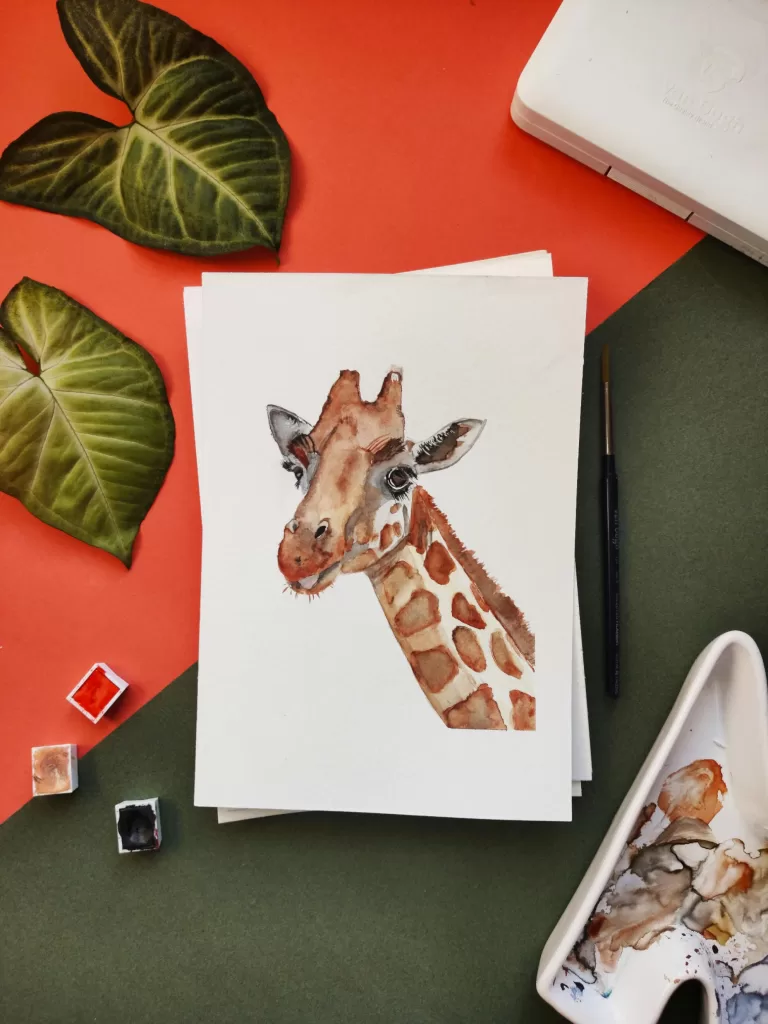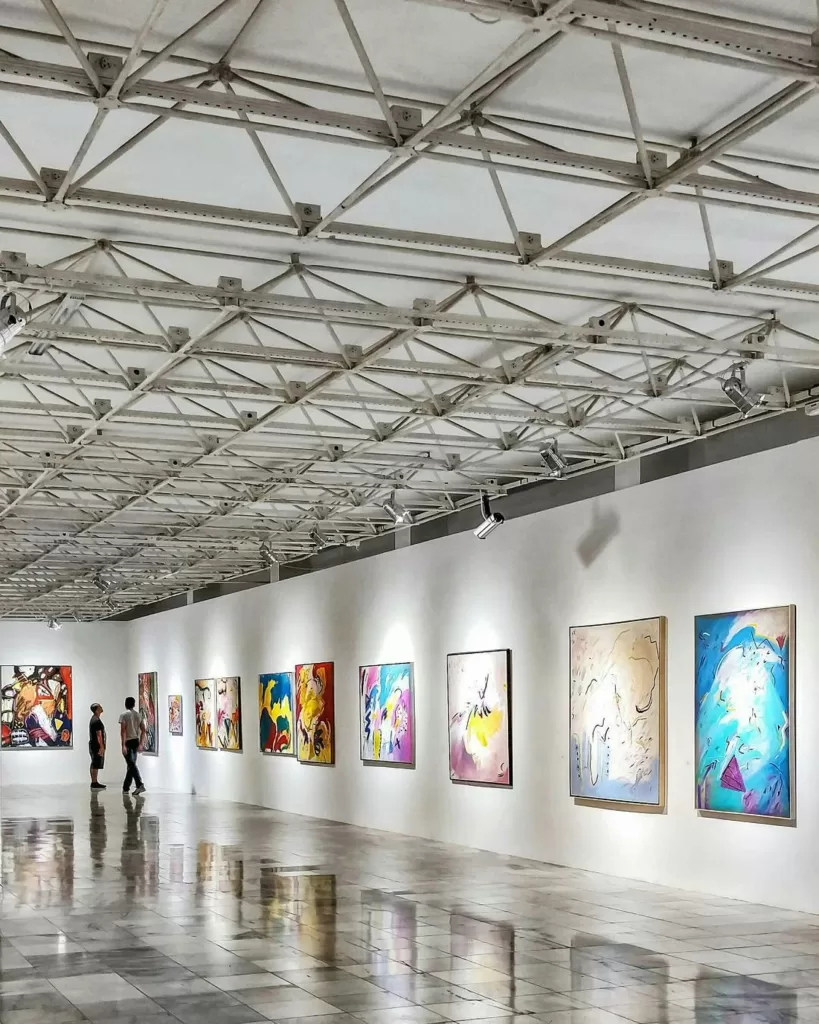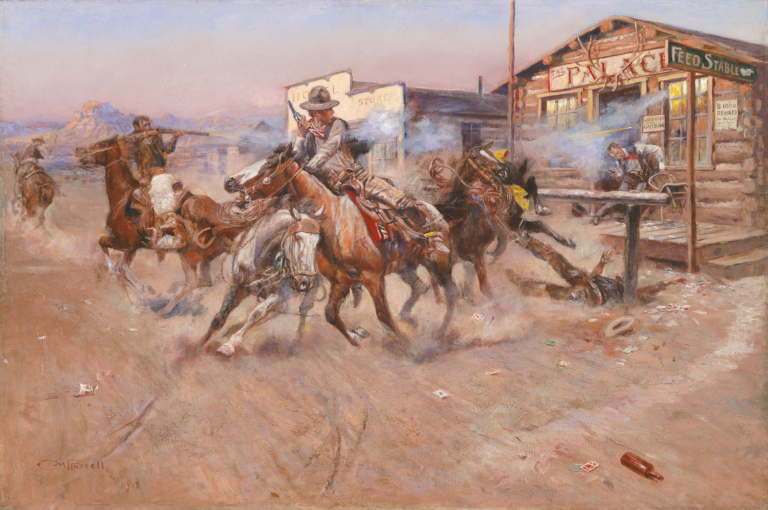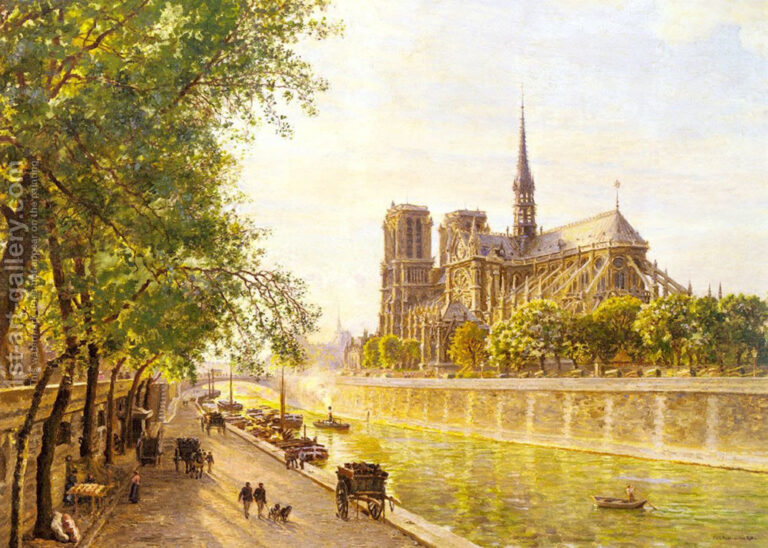Commissioning artwork offers a personalized touch to your space, allowing you to bring your artistic vision to life.
While the benefits of commissioning art are plentiful, ensuring the right artist for your project is crucial. But what exactly should you look for in an artist before entrusting them with your vision?
In this blog post, we’ll explore the key factors to consider when selecting an artist for commissioned artwork.
What to Look for from an Artist When Commissioning Artwork
Understanding the Artist’s Style and Portfolio
When commissioning artwork from an artist, it’s essential to have a clear understanding of their style and portfolio. This involves researching the artist’s previous work, identifying compatibility with personal aesthetic preferences, and assessing their versatility and adaptability in different artistic styles.
Research About the Artist’s Previous Work
Before commissioning an artist, thoroughly research their previous work on their website, social media profiles, or in galleries to gain insight into their artistic style, mediums, and themes. This ensures alignment with your vision for the commissioned art piece. For exceptional results, consider Memorialize Art, where talented artists specialize in drawing houses and other personalized pieces, bringing your vision to life with precision and artistry.
Identify Compatibility with Personal Aesthetic Preferences
Every artist has a unique style that may or may not resonate with your personal aesthetic preferences. It’s crucial to ensure that the artist’s work aligns with the visual and emotional impact you want the commissioned artwork to have. Look for coherence between the artist’s portfolio and your desired aesthetic for the art piece.
Assessing Versatility and Adaptability in Different Artistic Styles
While an artist may have a distinct style, it’s also valuable to assess their versatility and adaptability in different artistic styles. This is particularly important if you have a specific vision that requires a departure from the artist’s signature style. Understanding the range of an artist’s capabilities will help you determine if they can bring your vision to life.
Establishing Clear Communication and Expectations
Clear communication and well-defined expectations are crucial for a successful collaboration when commissioning artwork. This involves communicating your artistic vision and objectives, setting clear guidelines for timelines and deadlines, and discussing the budget and payment terms.
Communicate Artistic Vision and Objectives
Artists work best when they have a clear understanding of the client’s artistic vision and objectives. When commissioning artwork, be prepared to articulate the emotions, themes, and messages you want the art piece to convey. Providing visual references or mood boards can also help convey your vision more effectively.
Set Clear Guidelines for Timelines and Deadlines
Establishing clear timelines and deadlines is essential to ensure that the commission progresses smoothly. Discuss the expected timeframe for the completion of the artwork, as well as any milestones or checkpoints along the way. This will help both parties stay on track and avoid any misunderstandings regarding the project’s timeline.
Discuss Budget and Payment Terms
Openly discussing the budget and payment terms is a fundamental aspect of commissioning artwork. Be transparent about your budget constraints and inquire about the artist’s pricing structure. Additionally, clarify the payment schedule, method, and any relevant contractual details to avoid any financial discrepancies later on.
Understanding the Artist’s Process and Methodology
Understanding the artist’s process and methodology is essential for a successful collaboration. This involves inquiring about the artist’s creative process, understanding the materials and techniques used, and discussing the role of the client in the artistic process.
Inquire About the Artist’s Creative Process
Take the time to inquire about the artist’s creative process to gain insight into how they approach their work. Understanding their ideation, conceptualization, and execution processes will provide clarity on how they will bring your vision to life. This insight can also help you align your expectations with the artist’s workflow.
Understand the Materials and Techniques Used
Different artists work with a variety of materials and techniques, each with its own aesthetic and practical implications. Discussing the materials and techniques the artist intends to use for the commissioned artwork can help you anticipate the visual and tactile qualities of the final piece. It also allows you to provide input or make specific requests based on your preferences.
Discuss the Role of the Client in the Artistic Process
Clarifying the client’s role in the artistic process is crucial for a harmonious collaboration. Some artists may welcome client input and feedback at various stages, while others may prefer more autonomy. Understanding the level of involvement the artist expects from you can help establish a productive working dynamic.
Clarifying Legal and Contractual Aspects
When commissioning artwork, it’s important to address legal and contractual aspects to protect both the client and the artist. This involves establishing ownership and usage rights, drafting a comprehensive commission agreement, and addressing potential copyright and intellectual property concerns.
Establish Ownership and Usage Rights
Clearly defining ownership and usage rights is essential to avoid any ambiguity regarding the commissioned artwork. Discuss whether the artist retains the rights to the artwork or if the client will have exclusive ownership. Additionally, outline how the artwork can be used, reproduced, and displayed, ensuring that both parties are in agreement.
Draft a Comprehensive Commission Agreement
A comprehensive commission agreement is a vital document that outlines the terms and conditions of the commission. This agreement should cover all aspects of the collaboration, including the scope of work, timelines, payment terms, ownership rights, and any other relevant provisions. Having a formal agreement in place can prevent disputes and protect the interests of both parties.
Address Potential Copyright and Intellectual Property Concerns
Copyright and intellectual property concerns should be addressed to safeguard the rights of the artist and the client. Discuss how copyright will be handled, especially if the commissioned artwork incorporates existing intellectual property or is intended for commercial use. By addressing these concerns upfront, you can ensure a legally sound and ethically responsible collaboration.
Conclusion
Commissioning artwork from an artist involves a multifaceted process that requires careful consideration and clear communication. By understanding the artist’s style and portfolio, establishing clear communication and expectations, understanding the artist’s process and methodology, and clarifying legal and contractual aspects, clients can navigate the commissioning process with confidence and clarity. Whether it’s an art floral painting, art high quality, animated game character, or aesthetic pictures space, these key considerations are essential for a successful and fulfilling collaboration with an artist.





